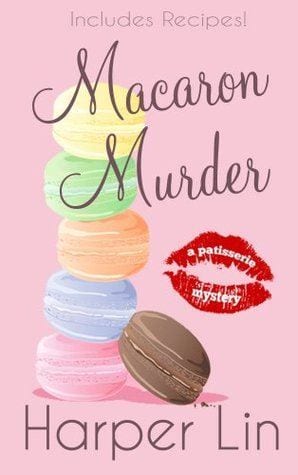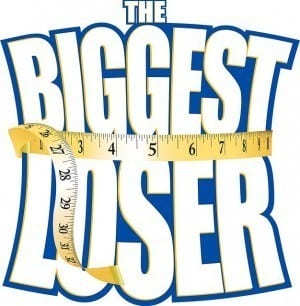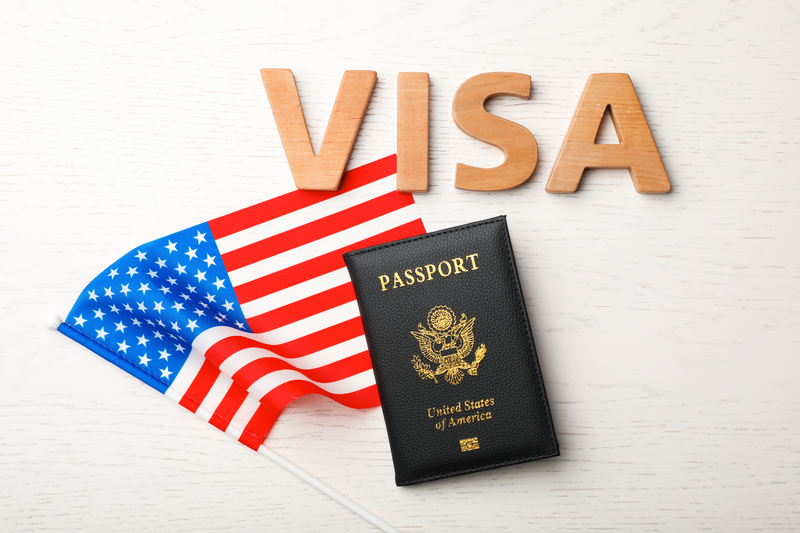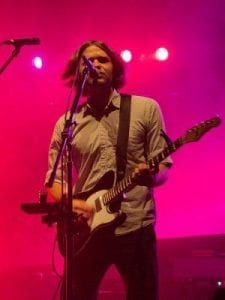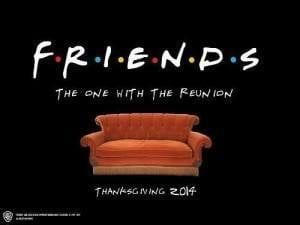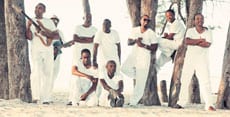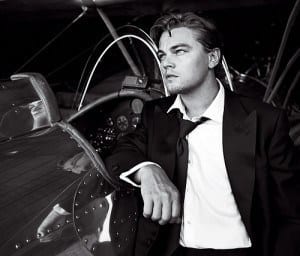
Jazz age excess intoxicating to audiences
Decadent, flashy, glittery, brazen and absolutely alluring — Baz Luhrmann’s adaption of the American classic “The Great Gatsby” is all of those things and more. In the fourth big screen adaptation of F. Scott Fitzgerald’s novel that captures the essence of Jazz Age New York, Luhrman lures the audience in and never lets them off the hook.
Sticking surprisingly close to the original source material, Luhrmann’s “The Great Gatsby” is a well-executed visual circus. The mise –en- scene and special effects are intoxicating to viewers and a film this overzealous actually benefits from the use of 3D, bringing the spectacle and rebelliousness of the era to life. “The Great Gatsby” also employs a fantastic mash-up of melody, but the modern music employed has nothing on the actual sounds of the era and audiences will be far more moved by Gershwin’s “Rhapsody in Blue” blaring than the deftly reworked Beyonce’s “Crazy in Love.”
“The Great Gatsby” hosts an all-star cast led by Leonardo DiCaprio, who brings an unexpected boyishness and charming uncertainty to the role of titular character Jay Gatsby. Tobey Maguire works well as narrator Nick Carraway and Luhrmann uses a nifty framing device (think Ewan McGregor’s Christian from “Moulin Rouge”) to convey the story. The rest of the cast shines as well, but the breakout performance is undoubtedly Elizabeth Debicki as Carraway’s gal pal and Gatsby confidante, Jordan Baker. She captivates every brief moment she’s on-screen.
It would be hard to go wrong with such radiant source material, but Luhrmann and screenwriter Craig Pearce add touches of whimsy and humor to the script, making larger-than-life characters a little more down- to- earth and therefore, the audience more understanding of their actions.
Fans of the novel and movie fans in general should be pleased, as “The Great Gatsby” is immensely enjoyable. It’s not the greatest movie ever, but it is the greatest “The Great Gatsby.”


